How to Build a Minimum Viable Product in 2023 and Its Future Trends
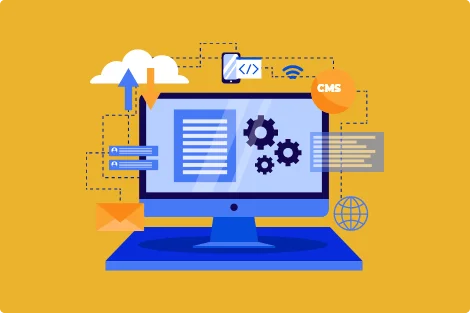
Building a Minimum Viable Product (MVP) in 2023 is not just about launching an app quickly; it's about understanding the ever-evolving landscape of app development and future trends that shape it. An MVP app is the cornerstone of your development process, and it's your ticket to a successful venture in the world of mobile applications.
This article will take you on a journey through the process of building an MVP and explore the latest trends that will define the mobile app development landscape in 2023. Whether you're an entrepreneur with a brilliant app idea or a seasoned developer looking to adapt to the current climate, this guide will provide valuable insights into creating a robust MVP and staying ahead in the competitive world of app development.
Let's dive in and discover the key steps to successfully develop a Minimum Viable Product and explore the trends that will shape the future of MVP development.
What is Minimun Viable Product?
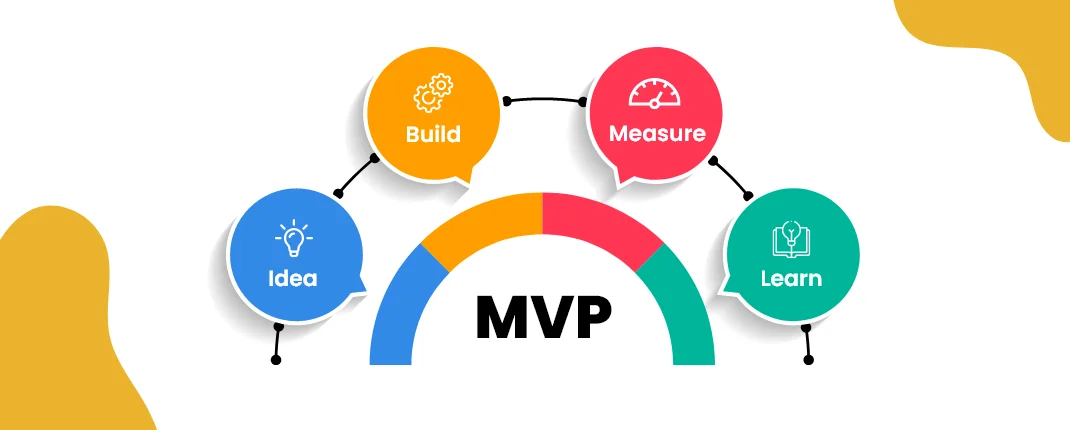
A Minimum Viable Product (MVP) is the most basic version of a product or application that includes only the core features and functionalities necessary to meet the immediate needs of its target audience. It is developed and released with the primary purpose of validating the concept, testing its viability, and collecting user feedback for future iterations. An MVP is designed to be simple, cost-effective, and quickly deployable, allowing for rapid development and market entry.
Benefits Of MVP App For Businesses
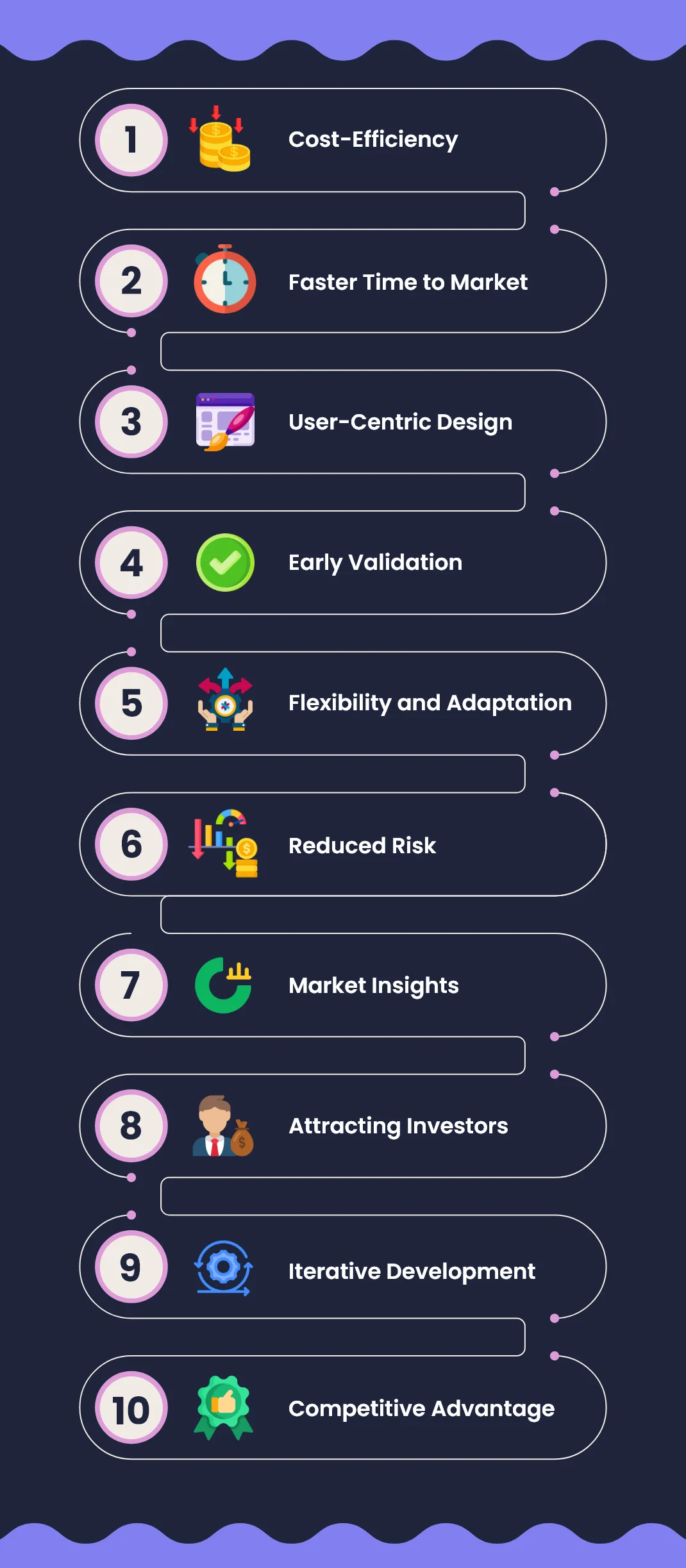
Building a Minimum Viable Product (MVP) app offers a plethora of advantages for businesses in today's fast-paced and competitive market. Let's delve into the key benefits:
Cost-Efficiency
MVP development is cost-effective because it focuses on essential features, which means lower development costs. This cost-saving approach is especially valuable for startups and small businesses with limited budgets.
Faster Time to Market
With an MVP, you can launch your app quickly, gaining a competitive edge. Speed to market is crucial in the digital world, and an MVP expedites the process, allowing you to enter the market sooner.
User-Centric Design
MVPs are designed with the user in mind. By prioritizing core features and gathering user feedback, you ensure that your app resonates with your target audience, increasing its chances of success.
Early Validation
Building an MVP allows you to test your concept's viability in a real-world setting. It helps you identify potential flaws, understand user preferences, and make informed decisions for future iterations.
Flexibility and Adaptation
MVP development encourages an agile approach. You can easily pivot or refine your app based on user feedback, market trends, or changing business needs.
Reduced Risk
MVPs help mitigate risks associated with extensive investments in unproven ideas. You can minimize the chances of building a full-scale app that fails to gain traction.
Market Insights
By releasing an MVP, you gain valuable insights into your target market and user behavior. This data can inform your long-term development and marketing strategies.
Attracting Investors
A well-executed MVP can be a powerful tool for attracting investors. It demonstrates your commitment to the project, user engagement, and the potential for growth.
Iterative Development
An MVP is just the beginning. You can continuously refine and expand your app based on user feedback and emerging trends, ensuring that it remains relevant and competitive.
Competitive Advantage
Being among the first to offer a solution in your niche gives you a competitive advantage. Users tend to remember and favor the early entrants in the market.
An MVP app is a strategic approach that offers numerous benefits for businesses, from cost savings to faster market entry, increased user satisfaction, and adaptability. It's a proven method for de-risking your app development journey while setting the stage for long-term success.
Also Read: Top Blockchain Platforms To Consider In 2023
How To Build An MVP?
Building a Minimum Viable Product (MVP) is a process that can be divided into four distinct phases. These phases provide structure and clarity in the development journey. Here's a detailed step-by-step guide on how to create a successful MVP:
Phase 1: Pre-Development
1. Define Your Goal and Vision
Start your MVP journey by establishing a clear goal and vision. Understand what problem your app will solve and what value it will bring to users. Your vision should align with your long-term business objectives, ensuring that the MVP sets the right foundation.
2. Market Research and Analysis
Conduct in-depth market research to understand your target audience, competitors, and current industry trends. Identify the pain points that your MVP will address and confirm that there is a genuine demand for your solution. This phase is crucial for refining your concept and ensuring it meets real-world needs.
Phase 2: Development
3. Prioritize Core Features
Define the core features that are essential to your MVP's goal. These features should provide a complete, although minimal user experience. It's essential to resist the temptation to add non-essential elements, keeping your MVP focused and streamlined.
4. Develop a Prototype
Create a visual prototype or wireframe that outlines the design and functionality of your MVP. This serves as a visual blueprint for your development team and helps convey your vision effectively. A well-crafted prototype ensures everyone is on the same page.
5. Build the MVP
The actual development phase begins here. Work closely with your development team to code the core features outlined in your prototype. Effective communication and project management are vital to keep the development on track.
Phase 3: Testing and Refinement
6. Test and Gather Feedback
Release your MVP to a select group of users or beta testers. Gather feedback on their experience, usability, and any issues they encounter. Use this feedback to make informed decisions for improvements. This iterative approach ensures your MVP aligns better with user needs.
7. Iteration and Enhancement
Based on the feedback received, iterate on your MVP. Focus on enhancing the user experience and addressing any identified issues. Each iteration brings your product closer to meeting user expectations and market demands.
Phase 4: Post-Launch and Scaling
8. Scale for Wider Release
After multiple iterations and positive user feedback, prepare your MVP for a wider release. Enhance the infrastructure and scalability to accommodate a broader user base. This phase is crucial for a smooth transition from testing to widespread adoption.
9. Marketing and Promotion
Promote your MVP through various marketing channels to reach a broader audience. Utilize user testimonials and feedback to build trust and generate interest. Effective marketing is essential for attracting more users and investors.
10. Monitor and Analyze
Continuously monitor user data, metrics, and feedback even after the wider release. Use analytics to make informed decisions for future updates and expansions. This ongoing analysis ensures your MVP remains relevant and competitive.
Minimum Viable Product: It’s Future Trends

As we venture further into the digital age, the concept of the Minimum Viable Product (MVP) is evolving alongside the ever-changing landscape of technology and user expectations. In 2023 and beyond, several future trends are reshaping the way businesses approach MVP development.
Let's explore these trends that will define the future of MVPs.
AI and Automation Integration
The integration of Artificial Intelligence (AI) and automation into MVPs is becoming increasingly prevalent. AI-driven features can enhance user experiences, from personalization to chatbots that provide real-time assistance. Automation can streamline processes and make MVPs more efficient.
Blockchain and Security Focus
With rising concerns about data security and privacy, future MVPs are likely to incorporate blockchain technology to ensure secure data storage and transactions. Users will place a premium on apps that guarantee the safety and confidentiality of their information.
Decentralized Applications (DApps)
Decentralized applications, often powered by blockchain, are gaining momentum. Future MVPs may explore DApps to reduce centralized control, enhance transparency, and offer more democratic user experiences.
Voice and Conversational Interfaces
Voice assistants and conversational interfaces are becoming integral to MVPs. The future lies in creating user-friendly, voice-activated MVPs that cater to the growing demand for hands-free interaction.
Extended Reality (XR)
The integration of Augmented Reality (AR) and Virtual Reality (VR) is expanding the possibilities for MVPs. Whether for gaming, shopping, or training, XR will play a significant role in future MVPs, offering immersive experiences.
NFT Integration
Non-Fungible Tokens (NFTs) are transforming digital ownership. Future MVPs may explore NFT integration to create unique, tradable digital assets within their applications, offering novel user experiences.
No-Code/Low-Code Development
The rise of no-code/low-code development platforms is democratizing app creation. These tools enable non-technical individuals to build MVPs, fostering innovation and reducing development timelines.
Privacy by Design
Privacy regulations, such as GDPR and CCPA, are shaping the future of MVPs. Implementing "privacy by design" principles ensures apps comply with these regulations from the outset, building user trust.
Cross-Platform Compatibility
Future MVPs must prioritize cross-platform compatibility, ensuring seamless performance across various devices and operating systems. Users expect a consistent experience regardless of their chosen platform.
Also Read: Customer loyalty App Development - Benefits, Process, Costs
Famous Examples of MVP Development
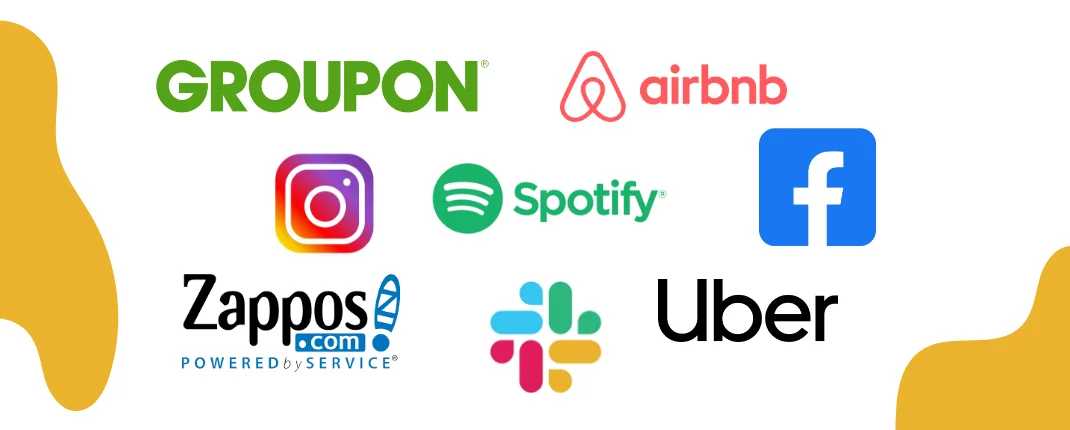
Groupon
Groupon, the deals and discounts platform, tested its concept by creating a WordPress blog and offering daily deals to a small audience in Chicago. The positive response and user engagement confirmed the viability of their idea.
Spotify's MVP was a simple music streaming app for internal use within the company. It allowed employees to stream music while providing feedback. This MVP led to the development of the full Spotify platform.
Instagram
Instagram began as an MVP that allowed users to share photos and apply filters. Its simple yet unique concept resonated with users, quickly gaining popularity and eventually being acquired by Facebook.
Slack
Slack's MVP was initially developed as an internal communication tool for a gaming company called Tiny Speck. The success and efficiency of this tool led to the creation of Slack, a widely used team collaboration platform.
Uber
Uber's MVP consisted of a simple app that allowed users to hail a black car with the push of a button. Initially, this concept was tested in San Francisco and gained immense popularity. This MVP approach enabled Uber to scale rapidly and disrupt the traditional taxi industry.
Zappos
Zappos, an online shoe and clothing retailer, started as an MVP with its founder, Nick Swinmurn, photographing shoes in local shoe stores and posting them online. The MVP validated the demand for buying shoes online, leading to the creation of a full e-commerce platform.
Facebook
Mark Zuckerberg initially created a simple website called "FaceMash" as an MVP. It allowed users to compare photos of two students and choose who was more attractive. The concept was tested on a small scale within Harvard University before evolving into the global social media giant we know today.
Airbnb
Airbnb's founders, Brian Chesky, Joe Gebbia, and Nathan Blecharczyk, started with a basic website offering air mattresses in their apartment as a way to generate income during a conference in San Francisco. They created an MVP that eventually evolved into the multi-billion-dollar platform for booking accommodations worldwide.
Cost To Build An Mvp In App Development
Creating a Minimum Viable Product (MVP) in app development involves numerous factors that influence the overall cost. The scope and complexity of your MVP significantly impact the expenses.
Building for both iOS and Android can increase costs, but cross-platform solutions like React Native or Flutter offer cost-effective alternatives. Design and user interface quality contribute to pricing, as do the features and functionality included. Quality assurance and testing require budget allocation for a bug-free MVP, while server infrastructure and hosting costs can grow with a larger user base. Marketing and promotion expenses, along with legal and compliance costs, are vital considerations. When adding third-party services or APIs to your MVP, they affect the final budget.
For a basic MVP, costs may range between $10,000 and $50,000. However, a more intricate MVP with additional features, platform flexibility, and a polished design could reach $50,000 to $150,000 or more. It's crucial to engage experienced developers to obtain precise cost estimates tailored to your project requirements.
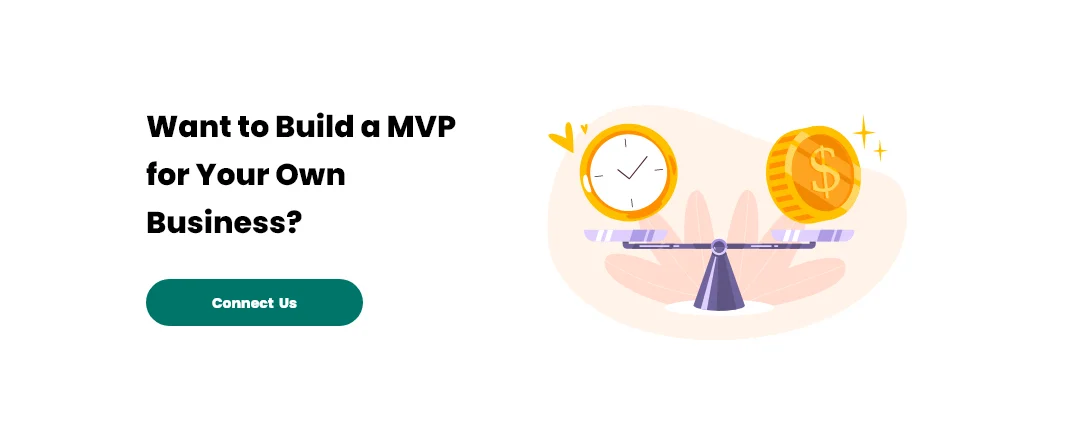
How Innow8 Apps Can Help You Build Your Own MVP?
Innow8 Apps, a leading web and app development company, excels in creating compelling Minimum Viable Products (MVPs). With a sharp focus on cutting-edge technologies like AI, NFT, and blockchain, Innow8 Apps emerges as the perfect partner to bring your innovative app vision to life.
Their extensive expertise empowers seamless integration of AI, NFT, and blockchain features into your MVP, ensuring it remains innovative and competitive. Recognizing the uniqueness of each MVP, Innow8 Apps tailors the development process to align with your business goals and target audience.
Partnering with Innow8 Apps isn't just about MVP development; it's about embarking on a journey marked by innovation, expertise, and a commitment to excellence. Your unique app concept will be brought to life in a way that stands out in the market. So, if you're looking to elevate your MVP, Innow8 Apps is the partner you've been searching for.
Minimum Viable Products FAQs
What is an MVP, and why is it essential for app development?
An MVP, or Minimum Viable Product, is a simplified version of your app with core features that allow you to test your concept in the market with minimal investment. It's crucial for app development as it helps validate your idea, gather user feedback, and make informed decisions for further development. Innow8 Apps specializes in building MVPs tailored to your unique business goals.
How can Innow8 Apps ensure the security of blockchain and NFT features in my MVP?
Innow8 Apps places a strong emphasis on security and compliance. They have expertise in blockchain and NFT integration, ensuring that your MVP's implementation meets the highest security standards. They'll work to address potential vulnerabilities and ensure that your users' data and transactions are protected.
Can Innow8 Apps help with post-launch support and scaling of my MVP?
Yes, Innow8 Apps offers end-to-end services, including post-launch support and scalability planning. As your user base grows, they'll help you adapt and expand your MVP to meet increased demand while maintaining performance and user satisfaction.
How does Innow8 Apps optimize the MVP development budget?
Innow8 Apps optimizes your budget by focusing on essential features and minimizing unnecessary costs. They work closely with you to ensure that the development process aligns with your budget constraints, helping you achieve a cost-effective MVP that fulfills your business objectives.
Let’s Discuss Your Project
Recent Blogs:
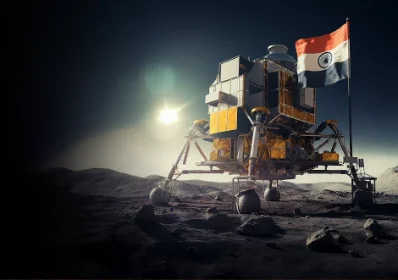
Chandrayaan-3: How AI helped India Create His...
India becomes the first nation to land on the lunar south pole. But how AI helped India to c...
Read MoreWhat Is NFT Telegram Marketing? How to do it?
Telegram Marketing is the new trend for NFT. Read this blog to get detailed information abou...
Read More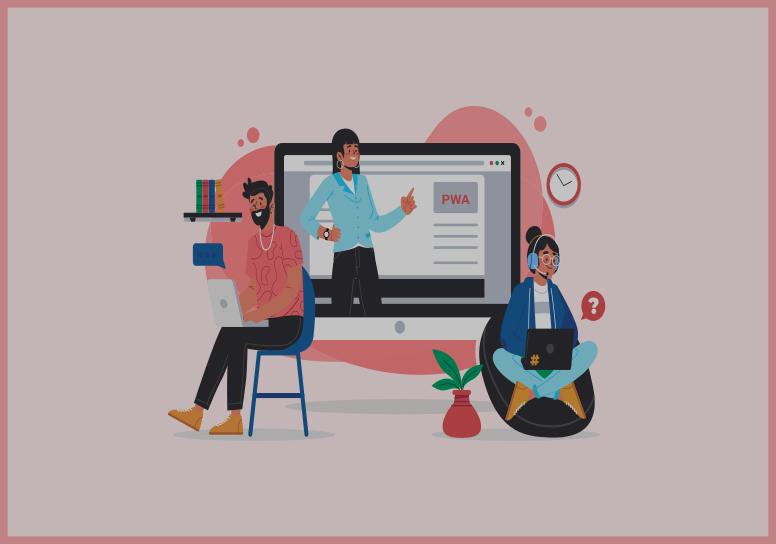
A Beginner’s Guide to a Progressive Web App
Uncover the beginner's guide to Progressive Web Apps (PWAs) in our informative blog. Learn h...
Read More